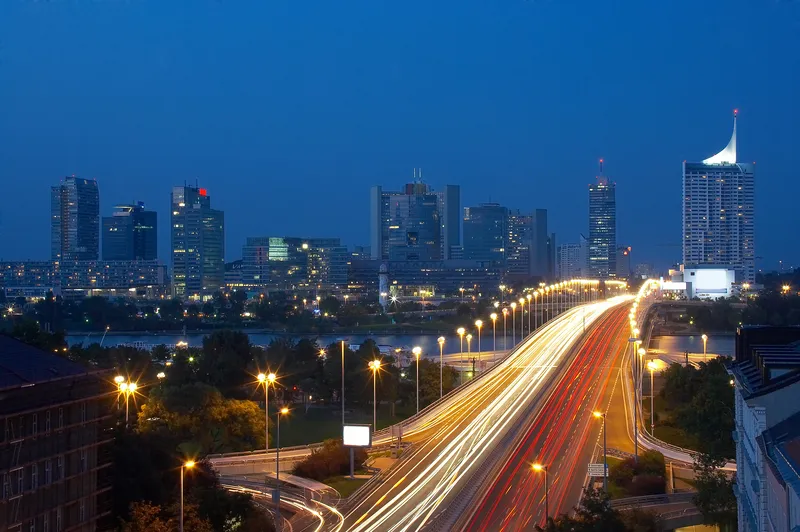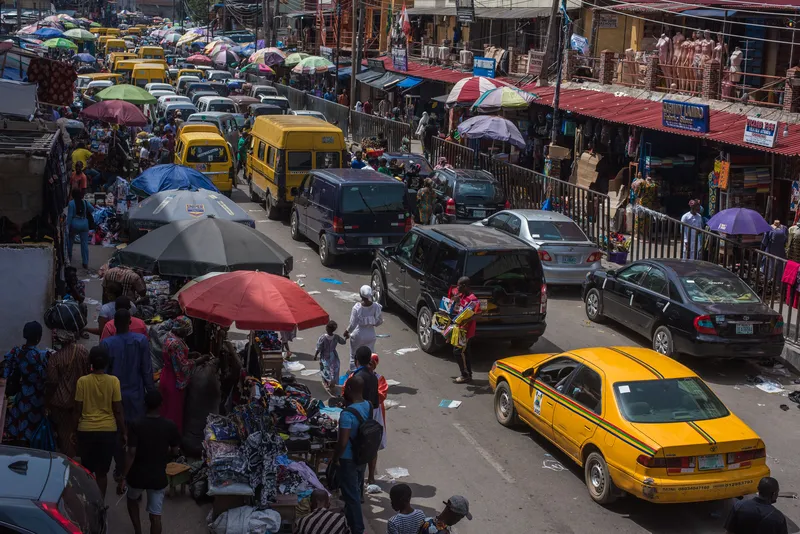A group of research centres and companies in Madrid has created what is said to be the first infrared and remote system able to detect pollutants from cars on highways up to three lanes. The goal is to be able to conduct a global test of automobile emissions.
According to the researchers, the prototype, which is ready to be marketed, can make an intelligent measurement of highway traffic by collecting real-time data on traffic density, emissions and consumption associated with each vehicle, and weather c
September 19, 2013
Read time: 2 mins
A group of research centres and companies in Madrid has created what is said to be the first infrared and remote system able to detect pollutants from cars on highways up to three lanes. The goal is to be able to conduct a global test of automobile emissions.
According to the researchers, the prototype, which is ready to be marketed, can make an intelligent measurement of highway traffic by collecting real-time data on traffic density, emissions and consumption associated with each vehicle, and weather conditions. With this information, the impact of traffic on the environment can be analysed and road safety can be improved. The prototype is based on the modification of an infrared multispectral image camera with interferential filters and works in a similar way to a radar, although in this case it detects excess pollutants from each vehicle, say the researchers, who work within the framework of the INNPACTO project, led by Technet and employing researchers from CIEMAT, Tevaseñal and the Universidad Carlos III de Madrid (UC3M).
Approximately five percent of vehicles are responsible for more than 90 per cent of toxic emissions. With this system, it can be determined which pollute more and policies that facilitate their identification can be created. With this, point out the scientists, traffic emissions (CO2, CO, NOx, HC, PM) would be reduced and energy efficiency would increase, given that a decrease of emissions implies less consumption. In addition, measures for optimising consumption and emissions could be adopted, like varying speed limits on high capacity roads that enter and exit big cities.
According to its creators, the device is the only prototype on the market capable of measuring the emissions of each vehicle on a high capacity.
According to the researchers, the prototype, which is ready to be marketed, can make an intelligent measurement of highway traffic by collecting real-time data on traffic density, emissions and consumption associated with each vehicle, and weather conditions. With this information, the impact of traffic on the environment can be analysed and road safety can be improved. The prototype is based on the modification of an infrared multispectral image camera with interferential filters and works in a similar way to a radar, although in this case it detects excess pollutants from each vehicle, say the researchers, who work within the framework of the INNPACTO project, led by Technet and employing researchers from CIEMAT, Tevaseñal and the Universidad Carlos III de Madrid (UC3M).
Approximately five percent of vehicles are responsible for more than 90 per cent of toxic emissions. With this system, it can be determined which pollute more and policies that facilitate their identification can be created. With this, point out the scientists, traffic emissions (CO2, CO, NOx, HC, PM) would be reduced and energy efficiency would increase, given that a decrease of emissions implies less consumption. In addition, measures for optimising consumption and emissions could be adopted, like varying speed limits on high capacity roads that enter and exit big cities.
According to its creators, the device is the only prototype on the market capable of measuring the emissions of each vehicle on a high capacity.








